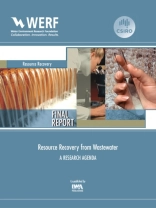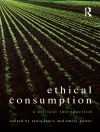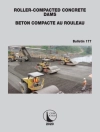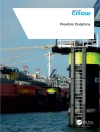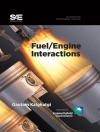Traditionally wastewater treatment involved the removal of pollutants from wastewater to allow it to be discharged to the environment. This initially concentrated on carbon removal, but as environmental requirements became more stringent it was expanded to cover nitrogen and phosphorus removal. With increasing energy costs, more stringent environmental discharge limits and greater implementation of water sensitive urban design the economic viability of recovering water, energy and resources from wastewater is being considered more seriously. There are many examples worldwide of wastewater reuse and the methodologies are well known for the recovery of water which represents the most valuable resource in wastewater. On the contrary, the widespread application of energy, nitrogen and phosphorus recovery is just beginning to gain traction. A range of technological options for recovery of resources from wastewater are discussed in this report and in order of recovered value they include: 1) energy from methane capture, 2) direct phosphorus recovery, and 3) biosolids with improved phosphorus bioavailability. At this stage it is considered that the recovery of nitrogen via ammonia requires a step-change in technology for energy-efficient capture. Anaerobic wastewater treatment and more efficient anaerobic digestion of sludge offers major opportunities to improve the energy efficiency of the wastewater sector and to decrease biosolids levels, especially if additional sources of carbon can be included in the digestion process. However this raises the issue of the biologically un-available (refractory) carbon and how it can be converted to make it biologically available. With regards to nitrogen recovery an industry survey indicated this to be a lower priority than carbon or phosphorus recovery. However, as carbon recovery becomes more commonplace viable nitrogen removal technologies will be needed as carbon will not be available for this process. Therefore as energy costs continue to increase and existing plants start to age and need replacement or upgrading, it is considered that low footprint/low energy nitrogen removal technologies such as Anammox and Aerated Granular Biomass will become the industry norms in the future, compared to traditional nitrification/denitrification treatment. Phosphorus removal and recovery technologies that form an integral component of these processes for dilute wastewaters would seem to be the obvious pathway for future development, as processes for the recovery of phosphorus from concentrated side-streams such as struvite are well advanced. The most obvious methods would appear to be based on biological (such as phosphorus accumulating organisms – PAOs) or physical adsorption processes. Whilst efficient resource recovery is deemed as feasible, wastewater treatment will still leave a smaller sludge stream. In parts of Europe incineration is the preferred disposal option and opportunities are seen here for the simultaneous production of biochar and biogas. However, for many countries land application is still preferred. With this option, knowledge is still needed to understand the nutrient availability from biosolids relative to inorganic fertilizers. It is recognised that whilst ‘Resource Recovery’ may not be a major revenue stream for wastewater treatment plants (WWTPs), it will help in offsetting treatment costs required to meet environmental goals. In this respect the commercial, regulatory and customer service aspects of resource recovery adoption still need to be addressed.
Stewart Burn
Resource Recovery from Wastewater [PDF ebook]
A Research Agenda for Australia
Resource Recovery from Wastewater [PDF ebook]
A Research Agenda for Australia
Achetez cet ebook et obtenez-en 1 de plus GRATUITEMENT !
Langue Anglais ● Format PDF ● ISBN 9781780406640 ● Maison d’édition IWA Publishing ● Publié 2014 ● Téléchargeable 3 fois ● Devise EUR ● ID 5760666 ● Protection contre la copie Adobe DRM
Nécessite un lecteur de livre électronique compatible DRM
